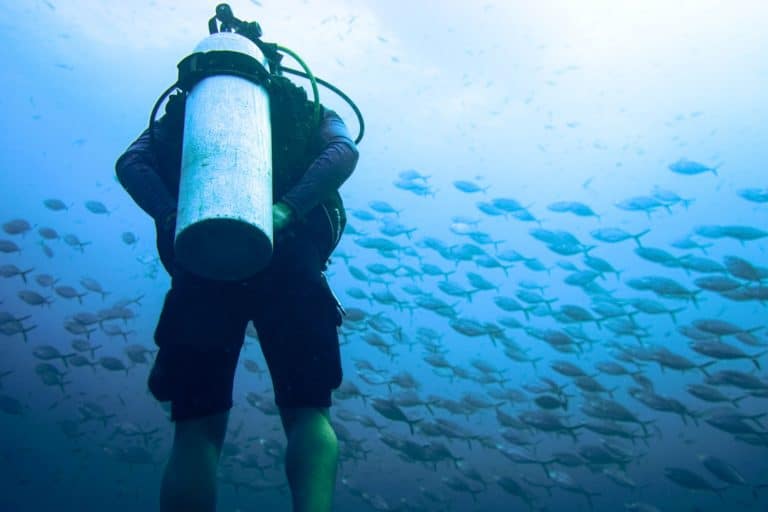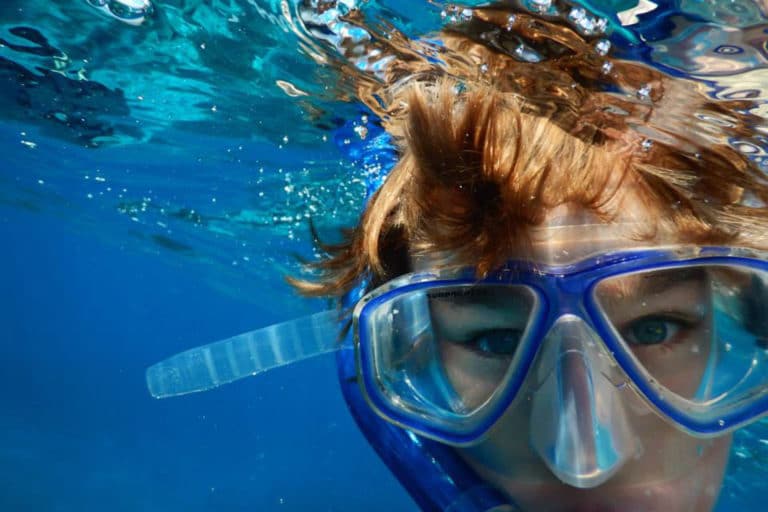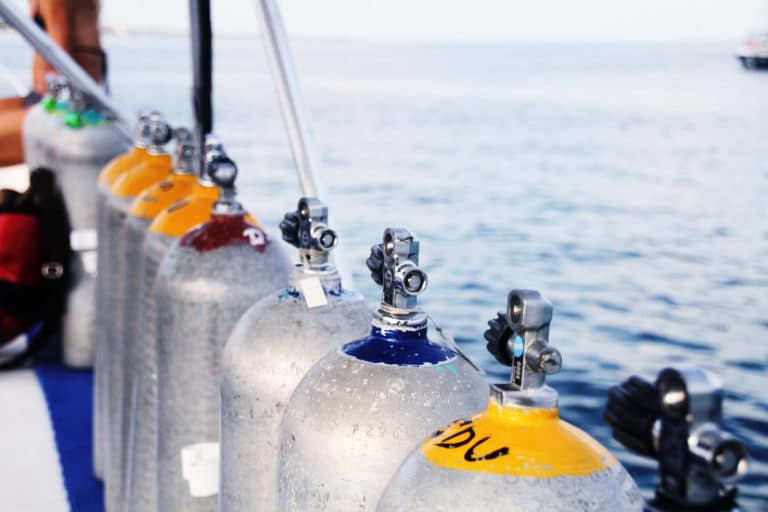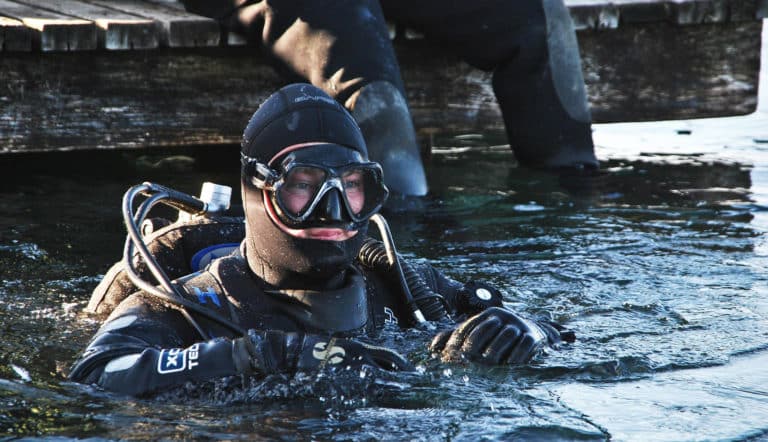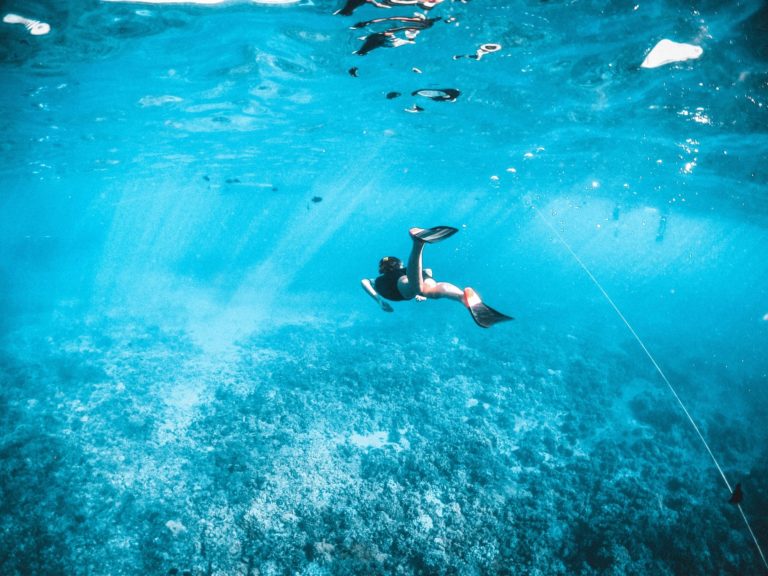Great! You have decided to get certified in scuba diving and are weighing up the options of a scuba diver vs open water certification. What are the benefits of getting certified? Let’s take a look at the differences between the two options.
Scuba Diver vs Open Water Certification
The quickest way to describe the broad differences between these two certifications is that Scuba Diver is Level 1 and Open Water is Level 2. The latter allows for a little more freedom and depth. During open water, you do more confined skills training and generally four vs two open water dives. This means you will gain more experience during training.
Here’s a quick comparison table to highlight the main differences:
Scuba Diver
Certification maximum depth 12 meters
2 open water training dives
Must dive with a professional guide
Open Water
Certification maximum depth 18 meters
4 open water training dives
Can dive with a buddy of the same or higher certification level
For a lot of people the open water certification depth is what entices them to go for this certification. Furthermore, as an open water diver you can dive with your friend that is also certified. They need to be at a minimum the same level or a higher level, such as advanced open water diver certified.
Read More: Open Water Diving Certification Facts
Which Certification Should You Choose?
So, why do people go for one or the other? I can’t tell you which one is better for you. For some people, it is simply a choice of not committing to 4 open water dives. The most common question I get during sign up is what if I don’t like it?
A fair enough concern. As an instructor, I know that most people either spit out their regulator in the pool and knew immediately that it is not for them or they end up absolutely loving it!
If you feel that you want to start as a scuba diver for your own comfort, do that. Most dive shops will be able to upgrade you on the fly by simply continuing for another day or two.
Another common concern is depth. Some people are not comfortable to go deep and prefer the 12-meter maximum depth limit. After all, you should always respect your personal limits.
This is what scuba divers do to ensure their own safety.
Sometimes it is simply a question of time and budget. A scuba diver course can generally be completed over two days and is a little cheaper compared to the open water course, albeit not by much.
In a tropical dive destination, you can get your full open water certification over three days.
Which Training Agency Should I Choose?
Most people have heard of a PADI Open Water certification. This is because it is the largest global recreational dive training organization. It was founded in 1966 and has done an incredible amount of marketing. So much so, that people often ask to get their PADI as opposed to their diver certification.
I trained with SSI up to Rescue diver. I asked my Divemaster mentor at the time what the difference is and he said that they are for practical reasons the same, he said “we both teach blowing bubbles”.
Also, PADI and SSI have the same requirements for these two courses. You need to be a minimum of 10 years old and be able to pass a 10-minute survival float for the scuba diver level.
For open water the age limit is the same, however, you also need to complete a 200-meter swim.
If you choose RAID, which again is extremely similar at recreational levels, you need to be a minimum of 15 years old for scuba diver as well as pass both the 10-minute survival float as well as the 200-meter swim.
There are many different training agencies all offering very similar training courses. The WRSTC defines minimum global standards in recreational scuba diver training.
So, when deciding between a scuba diver vs open water certification, it comes down to your budget, time and goals. Remember you can always start out as a scuba diver and upgrade or continue to open water at a later stage.
